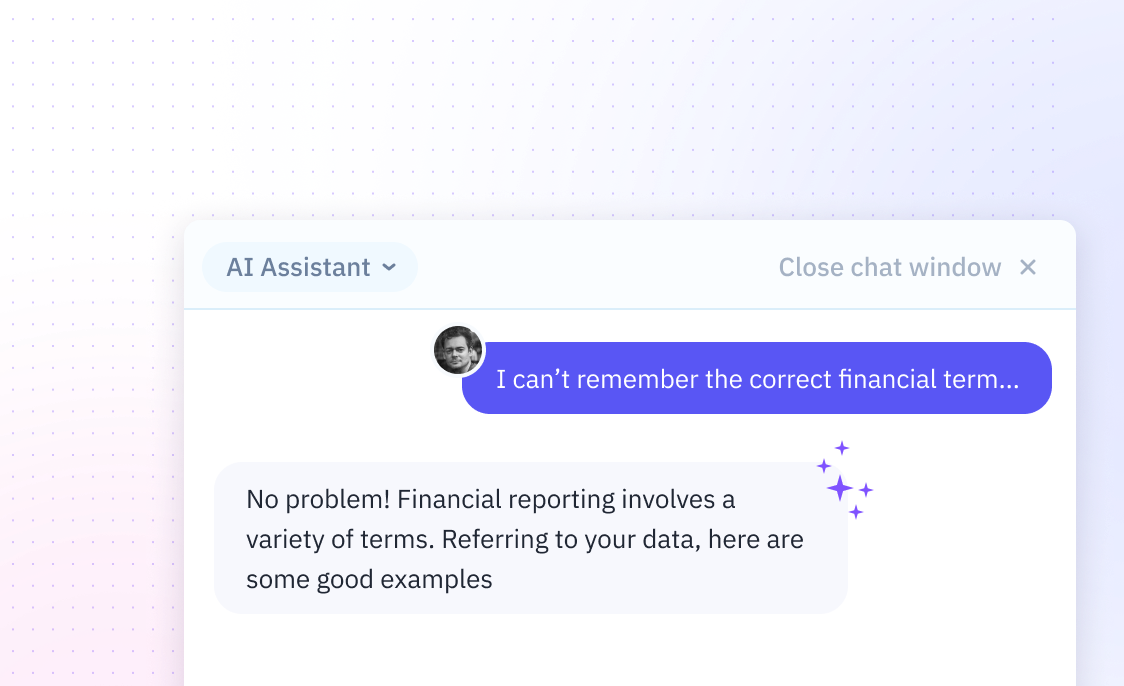
How To Edit A Template In Excel
Introduction
Editing templates in Excel can be a significant time-saver for repetitive tasks, but it often requires complex functions and features that can be tedious to learn and implement. This guide provides straightforward steps to modify an Excel template to fit your specific needs.
By the end of this page, you'll understand how to edit templates within Excel, and we'll explore how Sourcetable's AI chatbot simplifies spreadsheet work by letting you create, analyze, and visualize data through natural conversation - try Sourcetable now to experience effortless spreadsheet management.
How to Edit a Template in Excel
Basic Template Modification
Open the Excel template you want to modify. Make your desired changes to the template. Save the modified template using the .xltx format in the template directory. For templates with macros, save as .xltm.
Customization Options
Excel templates can be customized by changing fonts, colors, and design elements to match your brand or style. Use conditional formatting to modify colors and the formulas tab to adjust calculations.
Adding Template Controls
Enhance templates by selecting and adding content controls from the controls group. You can include instructional text and add password protection for security.
Saving Template Changes
To save your modified template, click File > Export. Select Change File Type, then double-click Template in the Workbook File Types box. Enter your desired template name and click Save. Close the template to complete the process.
Why Learning How to Edit Excel Templates is Valuable
Time and Efficiency Benefits
Knowing how to edit Excel templates saves significant time compared to creating spreadsheets from scratch. Templates provide pre-built formulas, formatting, and layouts that can be quickly customized for specific needs. This skill is particularly valuable for repetitive business tasks and data management.
Professional Document Creation
Excel templates offer professional-looking formats for budgets, invoices, calendars, and project trackers. Understanding template editing allows users to maintain consistent branding and formatting across business documents. This knowledge helps create polished, standardized spreadsheets that enhance workplace professionalism.
Adaptability and Customization
Template editing skills enable users to modify existing designs to match specific requirements. This flexibility allows for quick adjustments to meet changing business needs while maintaining document structure. Users can customize colors, fonts, formulas, and layouts while preserving the template's core functionality.
Excel Template Editing Use Cases
Custom Financial Report Creation
Transform raw financial data into polished, professional reports tailored to your business needs. By editing Excel templates, you can create standardized monthly reports that highlight key metrics and trends while maintaining consistent branding.
Personalized Invoice Design
Create professional, branded invoices that reflect your company's identity. Customized invoice templates streamline the billing process while ensuring all necessary information is captured consistently.
Automated Grade Book Development
Design comprehensive grade tracking systems that automatically calculate totals, averages, and final grades. These customized templates can include weighted assignments and generate progress reports with minimal manual input.
Project Management Tracking Systems
Build dynamic project management tools that monitor deadlines, resources, and team progress. These customized trackers can include automated status updates and visual indicators to enhance team productivity.
Custom Inventory Management Solutions
Develop specialized inventory tracking systems that match your retail operation's specific needs. These templates can include automated reorder points, stock level warnings, and sales tracking features.
Excel vs. Sourcetable: Modern Spreadsheet Solutions
Excel has been the standard for spreadsheet work, but Sourcetable revolutionizes data analysis with its AI-powered approach. While Excel relies on manual function inputs and complex features, Sourcetable transforms spreadsheet work through natural language interaction with an AI chatbot. Simply tell Sourcetable what you want to accomplish, and it handles the technical details. Ready to answer any spreadsheet question? Try Sourcetable now.
Natural Language Processing vs. Manual Functions
Excel requires users to know specific functions and formulas, while Sourcetable lets you communicate your needs conversationally to its AI chatbot. Simply describe what you want to achieve, and Sourcetable generates the appropriate solution.
Data Processing Capabilities
Sourcetable handles files of any size and connects directly to databases, eliminating Excel's size limitations. Upload CSV, XLSX files or connect your database, and let the AI guide your analysis.
Visualization and Analysis
Unlike Excel's manual chart creation process, Sourcetable's AI automatically transforms your data into stunning visualizations. Just describe the insights you're seeking, and Sourcetable generates appropriate charts and analysis.
Workflow Efficiency
While Excel demands manual navigation through features and functions, Sourcetable streamlines workflow by generating spreadsheets from scratch, creating sample data, and performing complex analyses through simple chat commands.
Frequently Asked Questions
How do I open and edit an Excel template?
Open the template you want to edit in Excel, make your desired changes to the content, and then save the template.
What are the different ways to change colors and formatting in an Excel template?
You can change colors and formatting using several methods: Format Cells option, Format as a table option, conditional formatting, or Format Painter to apply changes to whole sections. You can also modify fonts using defined styles.
How do I save my changes to an Excel template?
To save changes, click File > Export, then under Export click Change File Type. In the Workbook File Types box, double-click Template. Type a name for the template in the File name box, click Save, and then close the template.
Conclusion
Editing Excel templates requires multiple steps and deep knowledge of Excel's features. Understanding cell formatting, formulas, and data validation rules is essential for successful template modification.
Modern spreadsheet tools like Sourcetable eliminate these complexities. Its AI chatbot instantly answers your Excel questions and helps create spreadsheets from scratch.
Skip the learning curve and start building better spreadsheets with Sourcetable today.






